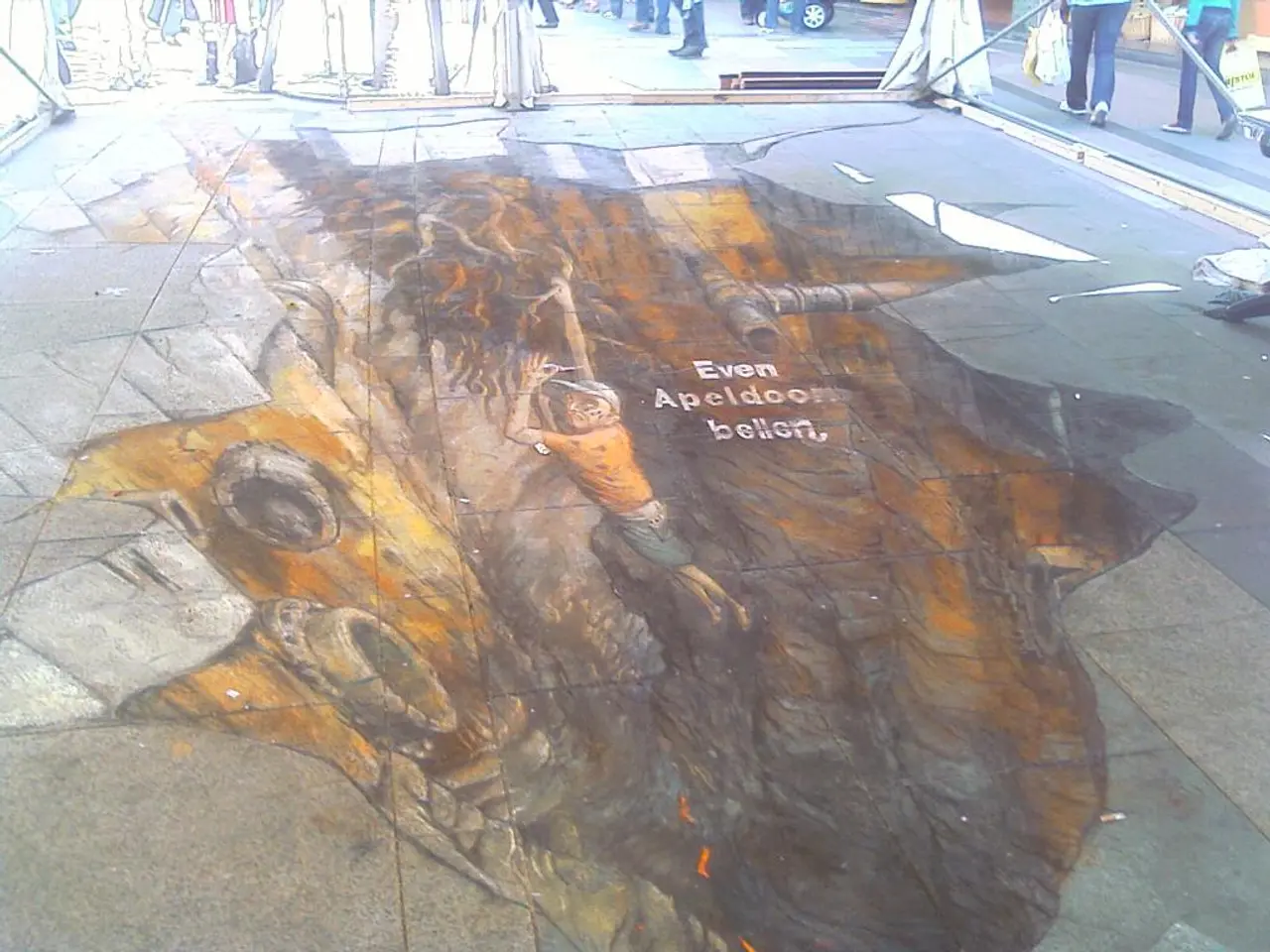3D Virtual Exhibitions Transform Event Experiences
In a world where technology continues to shape our lives, 3D virtual exhibitions and galleries are making significant strides, transforming the event landscape and offering unprecedented benefits.
These digital platforms allow event organisers to set up interactive booths, information kiosks, and live presentations in a 3D virtual environment. This innovation means attendees can participate according to their schedules, time zones, and preferences, transcending geographical boundaries and attracting a global audience.
For organisers, the shift to virtual events brings cost efficiency. By eliminating major expenses tied to physical venues such as renting space, catering, travel, accommodation, and logistics, substantial cost savings are achieved. Additionally, virtual platforms enable real-time tracking of visitor behaviour, engagement levels, and popular exhibits, providing valuable insights for follow-ups and lead generation.
Attendees stand to gain improved accessibility, with anyone with internet access able to visit exhibitions from anywhere in the world. The immersive experience offered by 3D virtual galleries allows visitors to navigate spaces as if physically present, explore exhibits at their own pace, and interact with content richly enhanced by technologies like augmented reality (AR) and virtual reality (VR).
Moreover, virtual exhibitions offer convenience and flexibility, with attendees able to access live events and recorded sessions on-demand, enabling participation despite time zone differences or scheduling conflicts. Enhanced engagement and education are also key benefits, with virtual exhibitions often including interactive features, AI assistance, and multimedia content that deepen visitors' understanding and enjoyment of exhibits.
The environmental impact of these digital events is also noteworthy. By eliminating the need for travel, physical construction, and materials associated with traditional exhibitions, virtual events significantly cut down on energy use and greenhouse gas emissions. Digital exhibitions also minimize waste generation from printed materials, disposable event supplies, and physical setups, contributing to more sustainable cultural practices.
In conclusion, 3D virtual exhibitions and galleries represent a transformative shift in how cultural and commercial events are created and consumed. Delivering wide-reaching benefits for organisers, participants, and the planet through accessibility, innovation, cost-effectiveness, and sustainability, these digital platforms are undoubtedly shaping the future of events.
As a result, the integration of technology in lifestyle transforms events by facilitating 3D virtual exhibitions and galleries, offering unparalleled benefits such as cost efficiency, real-time audience analytics, and global reach. These digital platforms, equipped with features like Augmented Reality (AR) and Virtual Reality (VR), also bring innovation by providing an immersive experience, accessible from any location, and reducing environmental impact.




